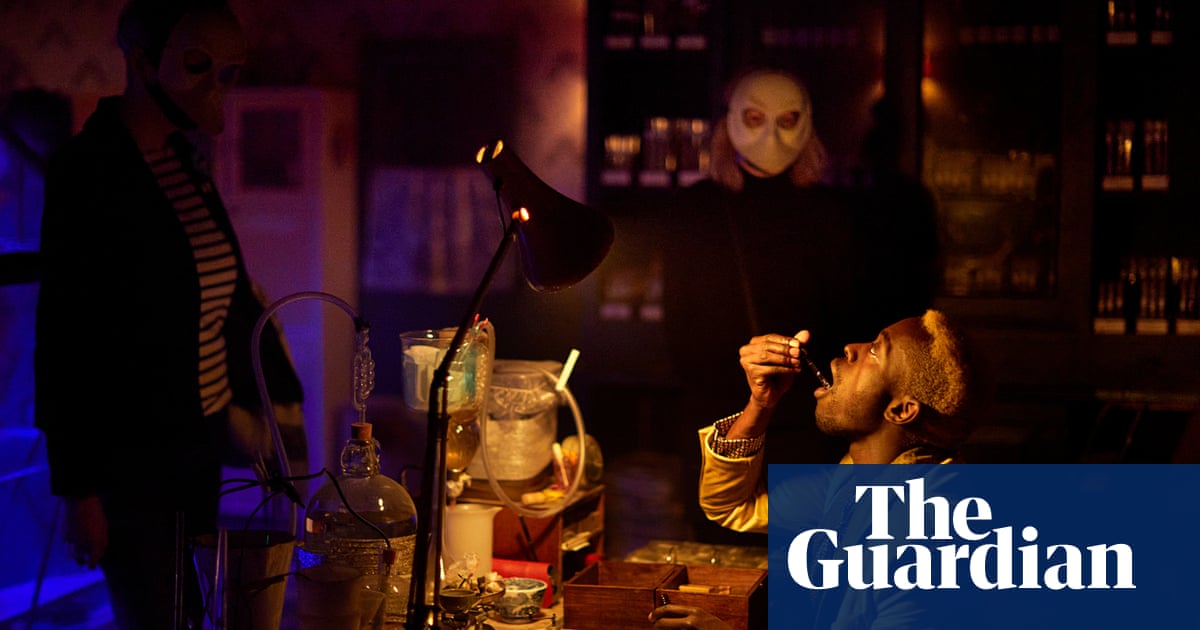
Arecurring discussion in our partnership -we’re a chamber duo and a married couple – centres on our frustration that only a fraction of the great music that has been written over the centuries turns up with any regularity on concert programmes. We have always felt a particular love for French music, but of the sizeable treasure trove of sonatas for violin and piano by French composers, only four can really be said to have made it into the standard recital canon: one each by Debussy, Fauré (his first), Ravel (his second), and Franck (who was actually Belgian, at least by today’s borders).
For our new album, Le Temps retrouvé, we decided to turn the spotlight on some of the undeservedly neglected French gems. There’s the sensuous, dreamy sonata of Reynaldo Hahn, and Fauré’s rarely played second sonata, a powerful piece haunted by shadows of the first world war. But our most immediate and indisputable choice for inclusion on the album, after hearing only the soaring, searching opening bars, was the sole violin sonata by Mel Bonis.
Even among professional musicians, the most common response to hearing Bonis’s name is “who?” – or even “what?” History has often been especially unjust to composers who weren’t white and male: in fact, at the age of 18 in 1876, on signing the manuscript of her Opus 1 Impromptu, Bonis made the decision to switch her professional name from Mélanie to the more androgynous Mel. Bonis’s life story, a classic struggle between duty and passion, has twists worthy of a soap opera – but her most enduring interest to us should lie with the 300 musical works she wrote, none of which yet appear with any regularity on concert programmes.
What was it about Bonis’s violin sonata that drew us in so strongly? It opens seemingly mid-paragraph, the violin intertwining ecstatically with the piano as it climbs towards its highest register, before subsiding towards the languorous second theme. The second movement is a quicksilver , after which we encounter the heart of the piece – a rhapsodic slow movement based on a Greek folk song. The last movement boldly dispenses with regular time signatures, playfully combining folk dance and hummable song as it whirls towards its conclusion.
Playing her music, it’s hard not to wonder to what extent its sensuous passions are informed by Bonis’s own complicated life story. Born in Paris in 1858, Mélanie Hélène Bonis was a lively and strong-willed child. She initially taught herself the piano, before her parents reluctantly allowed her a musical education. Aged 16, she was introduced to César Franck, who gave her piano lessons and showed a great interest in her early compositions. He brought her to the Paris Conservatoire, where – in episode one of our soap opera – she fell in love with Amédée Landély Hettich, a singing student, whose poems she set to music. But Mélanie’s parents disapproved of her marrying into a dangerous artistic world, and forced her to leave the Conservatoire and marry Albert Domange, a twice-widowed businessman, father of five boys and 22 years her senior. Most notably, Albert didn’t like music. The couple had three children, and Mélanie settled into her social duties as “Madame Domange”, putting her scores to one side.
A few years after her marriage, she reunited with Hettich, who had also married. He led her back to the world of music, encouraged her to compose again, and introduced her to her future publisher, as her work began to receive the interest it had always deserved: scores were sold and played in Paris salons. The two were still passionately in love, and Bonis felt painfully torn between her deepest longings and her marital sense of duty. Eventually the temptation proved too strong, and an affair with Hettich led to the birth of a child, Madeleine, who was put into the care of a former chambermaid. Madeleine grew up not knowing who her mother was, but after her foster mother died, she began to spend more time with Bonis, who took her in as an orphan victim of the war and introduced her as a goddaughter.
The emotional toll of leading a double life led Bonis to refocus her energies into music – she composed prolifically, won prestigious prizes, and her music was taken up by some of the most celebrated performers of the time. Butin a heartbreaking twist in her life’s soap opera she was forced to reveal the truth about Madeleine’s parentage by the blossoming of a romance between Madeleine and her (unbeknownst to her) half-brother Édouard, Bonis’s son. The confession understandably devastated Madeleine, though over the years mother and daughter did return to being close and eventually lived together after Bonis was widowed.
So where might a newcomer start to explore Bonis’s music? She features prominently on the recent, acclaimed eight-disc set Compositrices: New Light on French Romantic Women Composers, with the review in the Guardian declaring her three magnificent orchestral pieces in the Femmes de Légende series the “biggest discovery of all”. Our own Kaleidoscope Chamber Collective has performed two of the chamber works at Wigmore Hall – Scènes de la Forêt (a nature-inspired trio for the unusual combination of flute, horn and piano) and Soir et Matin (a pair of miniatures for piano trio, the latter strikingly impressionistic, and the work which first introduced us to Bonis) – and we look forward to tackling the two substantial piano quartets, which have been recorded by the Mozart Piano Quartet. (Hearing Bonis’s first piano quartet caused Saint-Saëns to exclaim “I never imagined a woman could write such music!”.)
She left a vast catalogue of piano music and songs (an appealing selection of which also appears on the Compositrices set), and also a substantial body of choral and organ works. We are just beginning to explore her music, but every work we’ve heard or played so far is remarkable.
Le Temps retrouvé is out now on Chandos. For further information on Mel Bonis, there’s an excellent website curated by her great-granddaughter, Christine Géliot: mel-bonis.com












